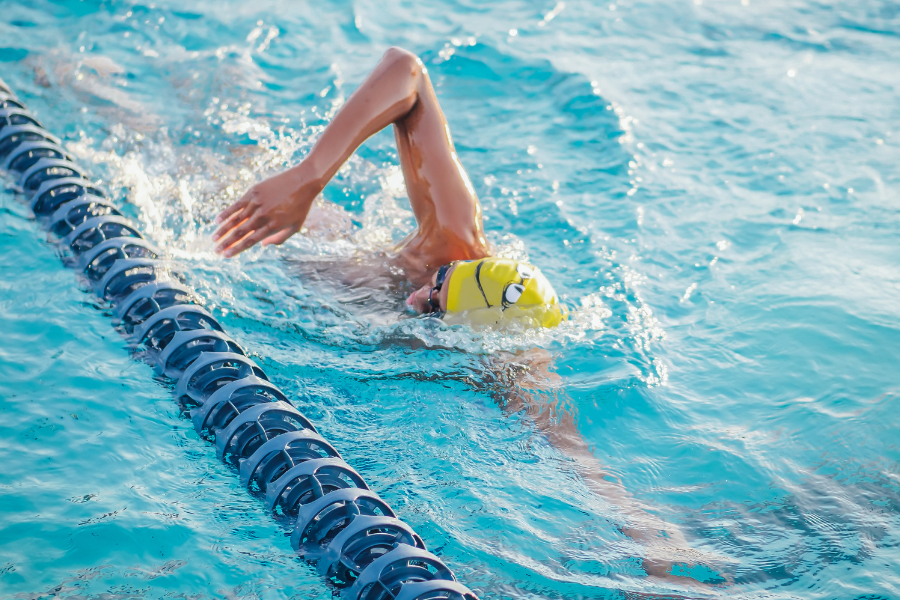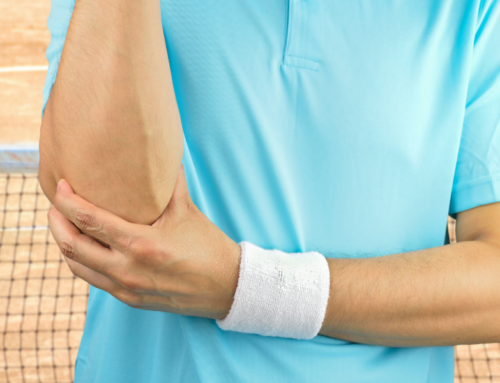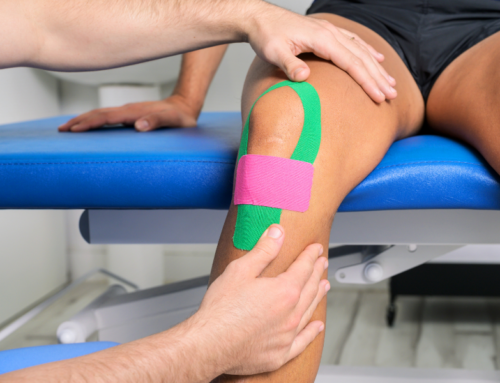 The Aging Athlete: Am I More Prone to Injuries?
The Aging Athlete: Am I More Prone to Injuries?
As we age, our bodies naturally become weaker and do not regenerate as quickly as they do when we are young. Although the modern world is seeing higher numbers of older people engaging in sports and other forms of physical fitness, there is nothing that you can do to stop your body’s natural decline. What you can do, however, is keep in mind your age and your physical capabilities when participating in strenuous activities.
The aging process may not seem harsh on the outside but it is on the inside, as all parts of your body begin their decline at once. In order to prevent injuries, it is important to remember the following:
Your heart rate slows and your lung capacity decreases, making it much more difficult to recover after a workout. A lack of adequate recovery places excessive strain not only on your heart and lungs but also on your bones and muscles.
As blood flow to your brain decreases, your nervous system suffers from a slower reaction time. This, in turn, affects your ability to prevent sprains, runner’s knee, bone or tendon ruptures, and other common musculoskeletal injuries.
Your muscles, the primary contributors to physical endurance and strength, will no longer regenerate as they did when you were younger. This loss of muscle mass leads to a decrease of coordination and your overall physical capability.
Bone loss is a serious problem for older people, particularly women who lose bone mass at the rate of 2-3% each year. Bone loss also leads to decreased flexibility, which places greater strain on your joints – including hips and knees – and makes them significantly more susceptible to injury.
You must never let your age stop you from doing something that you love, yet it is important to remember the difference between being young and young at heart.






